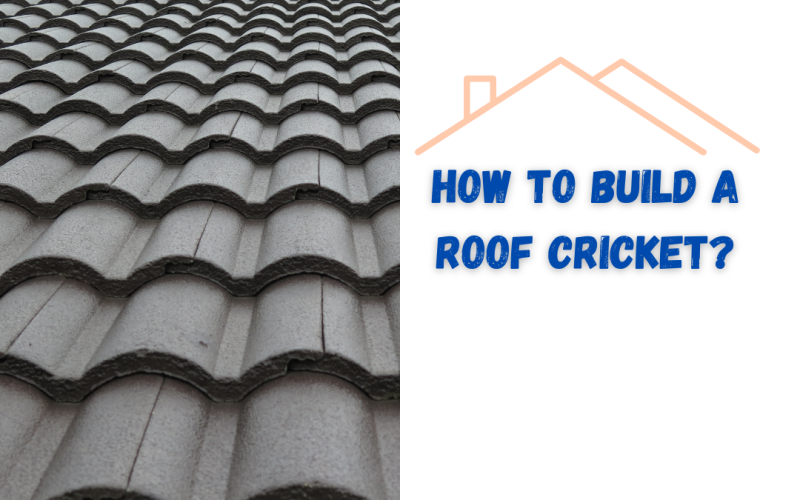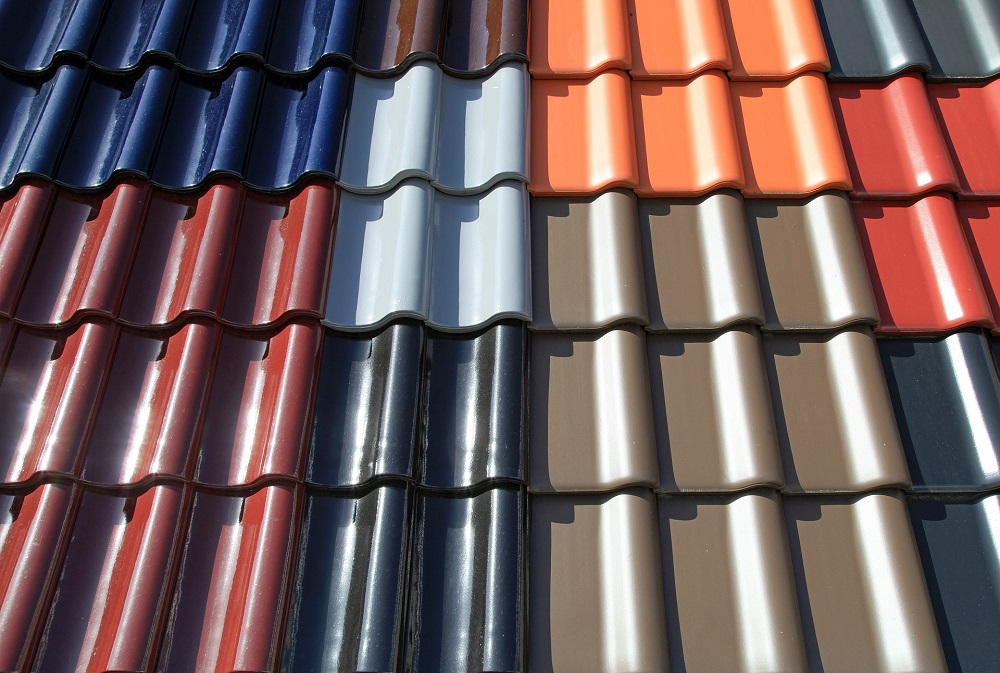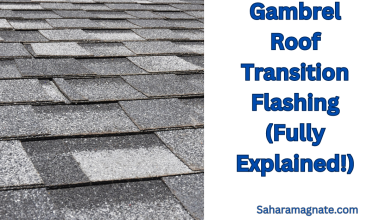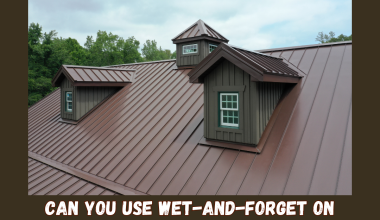You may have heard of a roof cricket before – but do you know what it is and why you need one?
A roof cricket is an important feature that can help protect your home from water damage.
It’s a structure built on the high side of your roof, providing additional support and effectively diverting water away from vulnerable areas on your roof.
You might need to install a roof cricket if you have an irregularly shaped hip or gable roof. You could set yourself up for leaks and other serious problems if you don’t.
The good news is that installing a cricket isn’t all that difficult if you know what you’re doing. In this article, we’ll show you how to build a roof cricket correctly.
How to Build a Roof Cricket?
A roof cricket is a structure used to divert water away from an area of a roof. It is installed in the path of runoff from a higher point on the roof and can redirect water around objects such as pipes, vents, or chimneys.
The cricket helps break up the water flow, dispersing it over a larger area and preventing potential damage to the underlying structures.
Using a cricket will help keep your roof in better condition for longer, reducing problems with pooling or puddling and avoiding future expensive repairs.
When building a roof cricket, you must choose the right material. In addition, you’ll need to ensure that the cricket is installed correctly with waterproof flashing and sealed seams to withstand long-term exposure to rain and snow.
Finally, use high-quality nails and screws to prevent any shifting or loosening, which could compromise your roof’s integrity over time.
With the right materials and some essential tools, you can easily install one yourself—all you need to do is follow these steps!
Understanding the Principals of Design & Installation
Once you understand the principles of building and installing a cricket, you’ll be ready to tackle the job.
Here are some principles to bear in mind when designing and constructing a roof cricket:
- The cricket should be as short as possible. The goal is to move water away from the protected area with minimal water flow disruption down your roof. Any longer than necessary can cause different problems.
- The cricket must be adequately sealed and secured The roof deck should not be used as an attachment point for the cricket. Use posts or anchors instead. Ensure all joints are adequately sealed with waterproof sealant or caulk to keep out moisture and pests.
- Make sure that the angle is correct The angle of the roof can affect how water will flow onto and off of the roof, so make sure that you take this into account when designing your roof cricket so that it won’t create any issues with water flow or standing water on your roof.
- Design for extra strength and stability Roof crickets tend to take a lot of abuse over time, so design yours to stand up to weathering and wear and tear without replacing it too often. Consider using stronger materials like steel or aluminum in your construction for added strength or reinforcing materials like rebar where necessary.
Follow these tips when designing and installing a cricket on your roof, and you’ll have one built that will last for years!
Get the Building Materials Needed for a Cricket
When you’re building a roof cricket, you need to make sure to have the right supplies to get the job done.
Here’s what you’ll need:
- A saw or a cutting tool
- Plywood – at least half an inch thick
- Galvanized nails or screws – depending on the thickness of your plywood
- Flashing material such as copper, aluminum, or flexible membrane
- Pitch pan – made of aluminum with 6-inch sides and 5-inch center
- Caulking – used for waterproofing and sealing around the flashings
- Mortar mix for sealing the pitch pan to the surface
The materials listed above are essential for building a cricket that can effectively divert water from your home and protect it from water damage.
Be sure to double-check that you have all of these supplies before beginning your project!
Step-by-Step Directions for Building a Roof Cricket
If you’re looking to take on the task of building a roof cricket, you’ve come to the right place! Here are step-by-step directions for constructing one:
- Mark the area where your roof cricket will go. Typically, this is at the juncture of two roof planes and can also be at a change in roof materials or roof pitches.
- Cut out the area you marked, ensuring that your sloped cuts are equal and match the existing roof planes.
- Nail felt paper over the cutouts to protect against water damage.
- Secure plywood or other lightweight material, such as cardboard templates, over top of it. Once your project is complete, this will be used for forming the cricket shape and allows for easy removal without damaging the underlying felt paper or shingles.
- Use metal flashing to the line and secure all sides of the cricket shape that you cut out in Step 2 with flashing nails — doing so will ensure maximum water protection from rainwater runoff and snow melts from above.
- Cover with concrete backer board or cement board, then add a layer of mortar as an adhesive to secure everything together for additional strength and durability against weather elements. Alternatively, use construction adhesive instead of mortar for added stability along flat surfaces where mortar may not be necessary or recommended by local codes (check before running your project).
- Finish off by applying a waterproofing membrane overtop, such as asphalt-saturated felt paper (or other materials accepted by local building codes), to keep water out of any potential cracks in your new cricket construction!
Benefits of Installing a Roof Cricket
Installing a roof cricket may be beneficial to your roof. Not only will it provide extra protection, but also some additional benefits.
Increased durability
A roof cricket is designed to help support a large expanse of roofing material to make it more durable and less likely to suffer from leaks or other structural damage.
The cricket provides extra support by diverting water away from the roof area most likely to be damaged. This can help prevent costly repairs in the future.
Adds esthetic value
Installing a roof cricket also adds aesthetic value to your home or building since it can help create an interesting architectural feature.
This can make your home stand out from others in the area and add a unique look to the overall design of your building.
Improves protection from weather elements
A well-built roof cricket also provides better protection from wind, rain, snow, and other weather elements, ensuring your home is secure during all types of weather events.
The extra support the cricket provides should ensure that your home stands strong against any weather conditions it may face.
Overall, installing a roof cricket is an easy way to increase the durability and protection of your home or building while adding unique style and character to its design.
Conclusion
Building a roof cricket does not have to be daunting; with the right tools, materials, and knowledge, you can easily construct one yourself.
A roof cricket is a great way to protect your roof from potential damage from heavy water runoff and can also be a helpful tool to direct runoff away from walls and windows.
Before you begin any roofing project, it’s essential to research safety protocols and consult a professional if you are not sure of the steps.
Following the steps outlined in this article, you can create a roof cricket that will protect your home and give you peace of mind.
With the right materials, tools, and knowledge, you can rest assured that your roof cricket will be built correctly and will protect your home for years.






